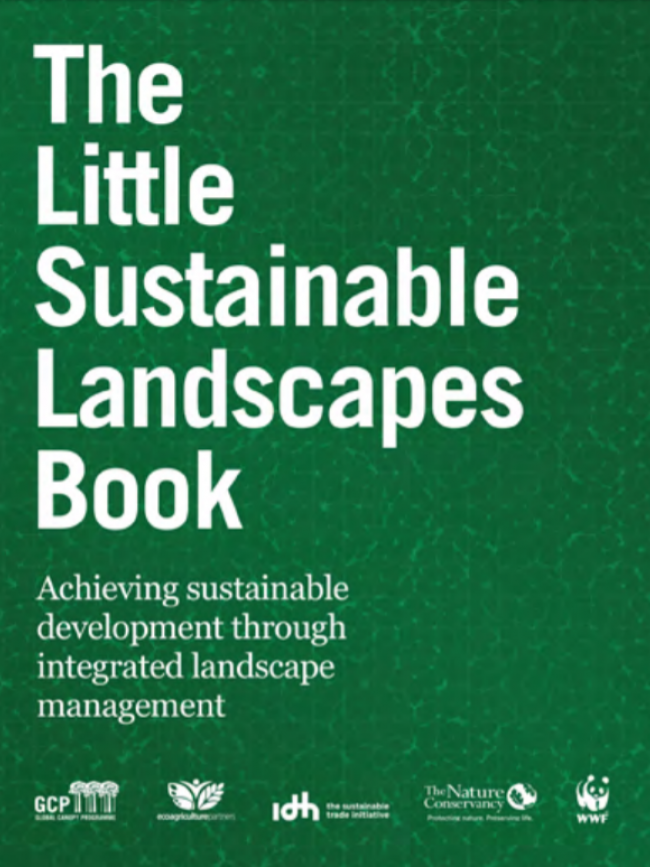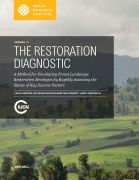Monitoring deforestation and forest degradation in the context of REDD+: Lessons from Tanzania
A Blooming Trade: Illegal trade of ornamental orchids in mainland Southeast Asia (Thailand, Lao PDR, Myanmar)
Taking Stock of Carbon Rights in REDD+ Candidate Countries: Concept Meets Reality
Land use patterns and related carbon losses following deforestation in South America
Deforestation and forest degradation in the Congo Basin: State of knowledge, current causes and perspectives
Role of innovation in meeting food security challenges
Global food production must ramp up in the face of enormous challenges. We are all familiar with many of the key metrics surrounding the central food security challenge: By the year 2050, the earth’s population is expected to soar from the current 7bn about 9.6bn. It is estimated that in the next 40 to 50 years, we will need to produce as much food as was necessary in the previous 10,000.
Scaling up regreening: Six steps to success. A practical approach to forest and landscape restoration
In a world grappling with the challenges of food insecurity, climate change, landscape degradation, and rural poverty, regreening offers a path forward, especially in dryland areas. The transformation of degraded landscapes—restoring productivity and increasing resilience through the widespread adoption of agroforestry and sustainable land management practices—can deliver food, climate, and livelihood benefits.
Table of contents:
Part I. Introduction
Part II. How and Where is Regreening Happening?
Part III. The Impacts Of Regreening
Global guidelines for the restoration of degraded forests and landscapes in drylands. Building resilience and benefiting livelihoods.
From the content:
2 Drylands and the benefits of restoration 5
2.1 What are drylands? 5
2.2 The importance of forests and trees in drylands 6
2.3 Key challenges in drylands 8
2.4 Restoration in drylands 13
3 Guidelines for policymakers and other decision-makers: establishing a strong enabling environment 19
3.1 Enabling and investing in assessment and monitoring 19
3.2 Addressing the drivers of land degradation by engaging in cross-sectoral dialogue and planning at the landscape scale 22
LIFE and climate change adaptation
Agricultural practices have adapted over millennia to regional and local variations in weather conditions. But as the effects of climate change become more noticeable, further adaptation becomes essential to ensure food security in Europe.
The Little Sustainable Landscapes Book
The Little Sustainable Landscapes Book aims to clarify and disseminate sustainable landscape management methods, and to catalyse their implementation across private and public sectors worldwide.
The Restoration Diagnostic A Method for Developing Forest Landscape Restoration Strategies by Rapidly Assessing the status of Key Success Factors
The Restoration Diagnostic is a structured method for determining the status of enabling conditions within a landscape being considered for restoration and for designing the requisite policies, practices, and measures needed for successful restoration. The Diagnostic was developed as part of the Restoration Opportunities Assessment Methodology (ROAM) by the World Resources Institute (WRI) and the International Union for Conservation of Nature (IUCN).




